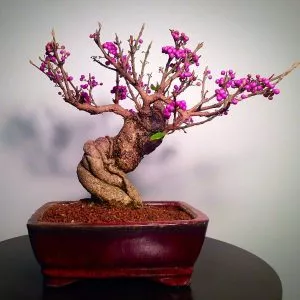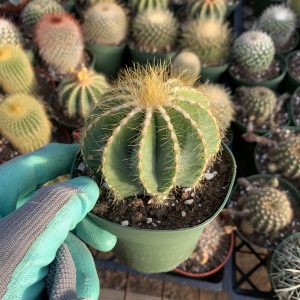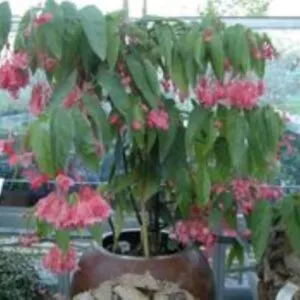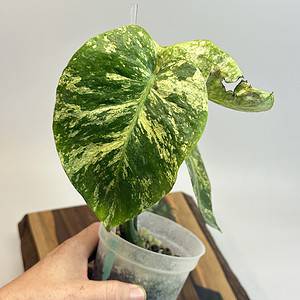No products in the cart.
From the name itself, firecracker, you can tell this shrub is going to be explosive. But no, we’re not talking about a literal firecracker but a certain plant species known as the firecracker plant. It’s a tropical perennial weeping, spreading shrub that’s very much adored for its fountain of vibrant red blooms.
Some gardeners refer to it as a coral plant or coral fountain.
Plant it in your garden bed, and it will surely attract butterflies and hummingbirds. The showy cascades of tubular flowers also make it suitable for hanging baskets. Let’s get to know this plant a little bit more. Keep reading to know more about this beautiful, flowering plant.
More About Firecracker Bush Plant
Botanically known as Russelia equisetiformis, the firecracker plant is a member of the Plantaginaceae family. It’s a semi-evergreen perennial shrub that grows a height of between 2 to 4 feet and spreads to a width of 3 to 5 feet. Being a native of the tropical place of Mexico, this species is particularly suited to any tropical garden bed.
It has small, needle-like green leaves that are about half an inch long. The entire plant has an arching or cascading form that sometimes creates a messy look if not maintained well. The tubular flowers are the most noticeable part as they boast a bright red color.
Flowering also lasts a long season from Spring to Fall (or even winter if taken as an indoor plant).
There are many ways to use firecracker plants in your landscape. You can plant them in containers or hanging baskets and treat them as houseplants. They’ll also do well planted in rock walls, walkways, and rock gardens under full sun.
Firecracker Plant Care
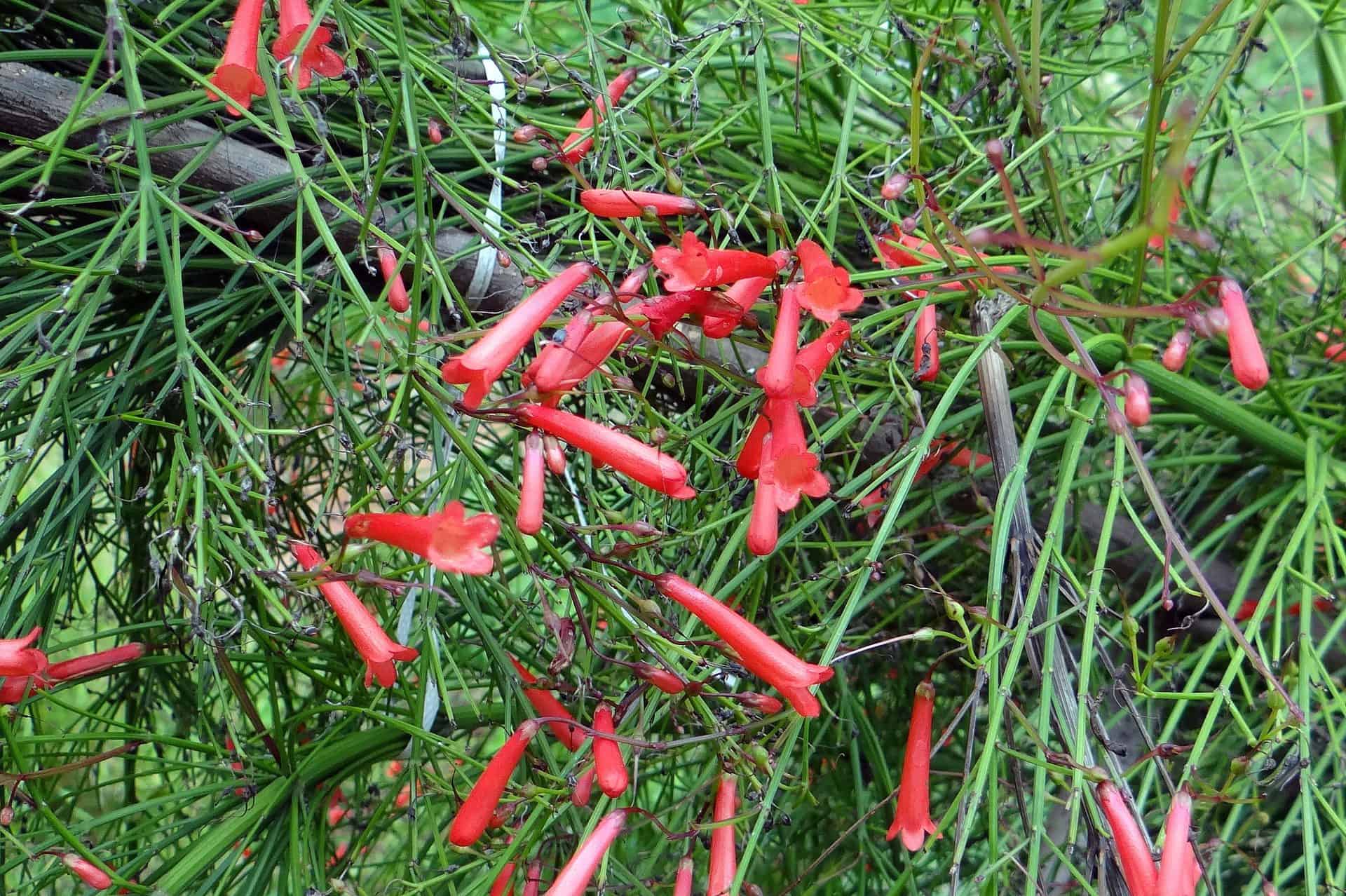
Adding a firecracker plant to your garden requires easy care and less work. This naturally fast-growing species will easily fill your landscape with a fountain of highly attractive blooms. It’s resistant to drought, heat, and frost. This fountain plant is also moderately tolerant of salt.
Here’s the relevant information regarding firecracker plant care.
Soil
Rich, organic, and well-drained soil is best for planting a coral fountain. It will also grow in a variety of soil types like loam (silt), clay, and sand with a pH ranging from acidic to neutral. An all-purpose potting mix will do if you wish to plant it in a container.
Amending the top layer of the soil with organic matter surely helps firecracker plants grow healthily.
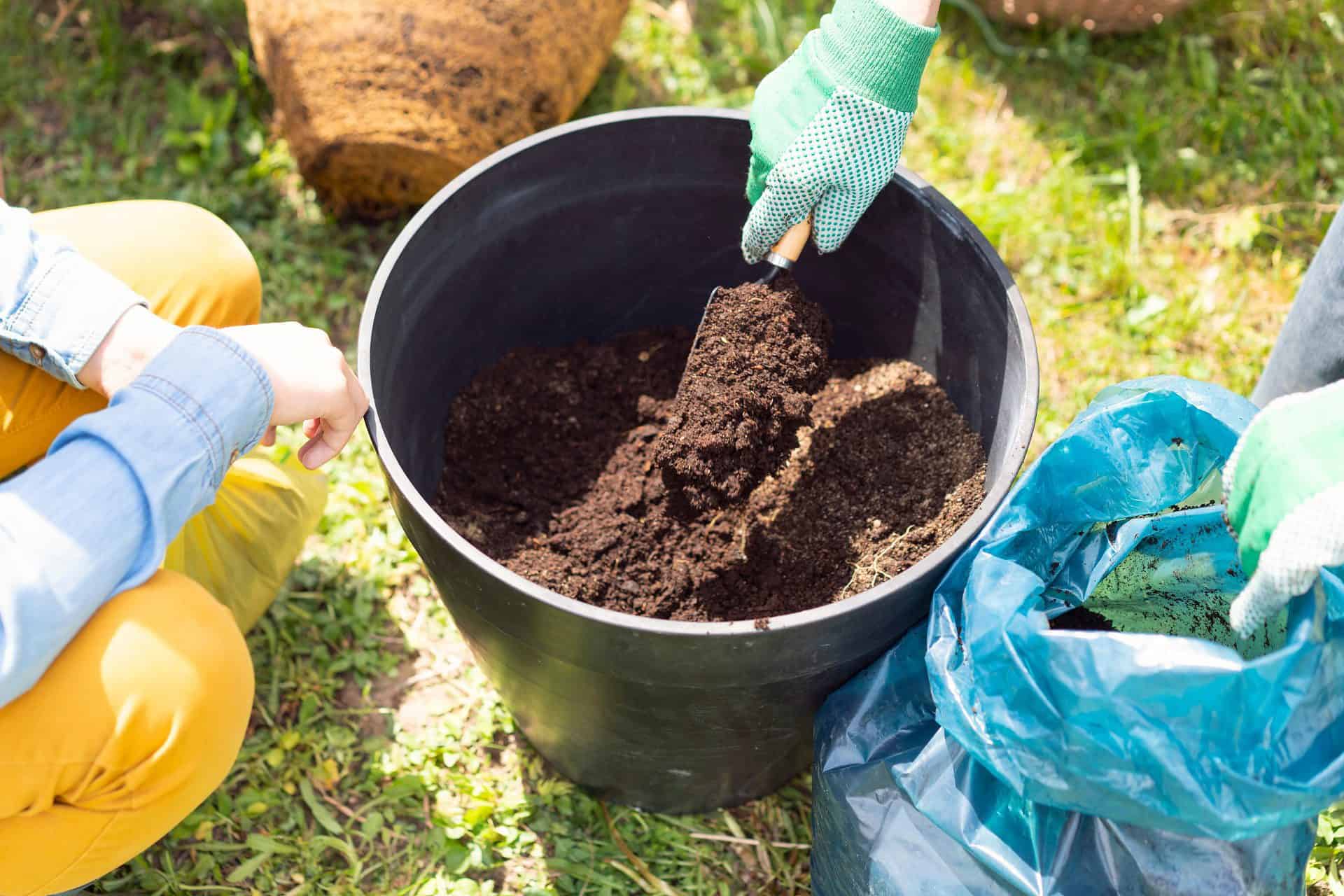
Amending the top layer of the soil with organic matter surely helps firecracker plants grow healthily.
Light
Firecracker plants love being exposed to bright light. Hence, full sun to partial shade is the best light condition. If taken indoors, you should place it in the sunniest spot to keep it vibrant and blooming.
For best results, allow your firecracker plant to enjoy at least 6 hours of full sun daily. This plant will not survive in fully shaded areas.
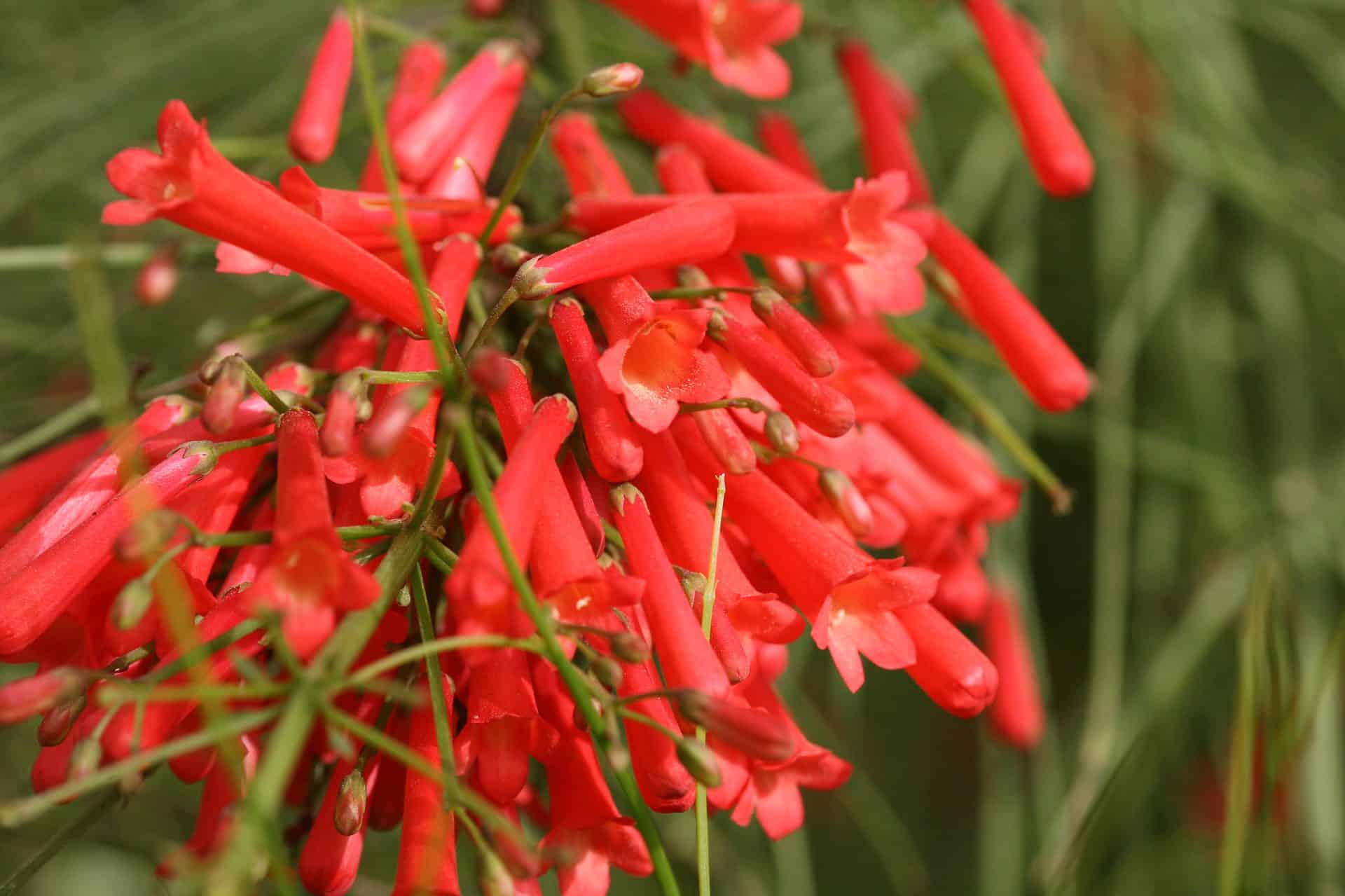
For best results, allow your firecracker plant to enjoy at least 6 hours of full sun daily. This plant will not survive in fully shaded areas.
Water
The firecracker plant will flourish with low to moderate watering. Since it’s drought tolerant, it could go for a long period of dry spells without hurting. You would need to conduct infrequent watering, but make sure that you water deeply so the entire root system is properly soaked.
For a coral plant planted in a container, more frequent watering may be needed because of limited soil. However, be sure to check for sufficient drainage holes. All excess water must go out of the pot to prevent root rot.
Temperature & Humidity
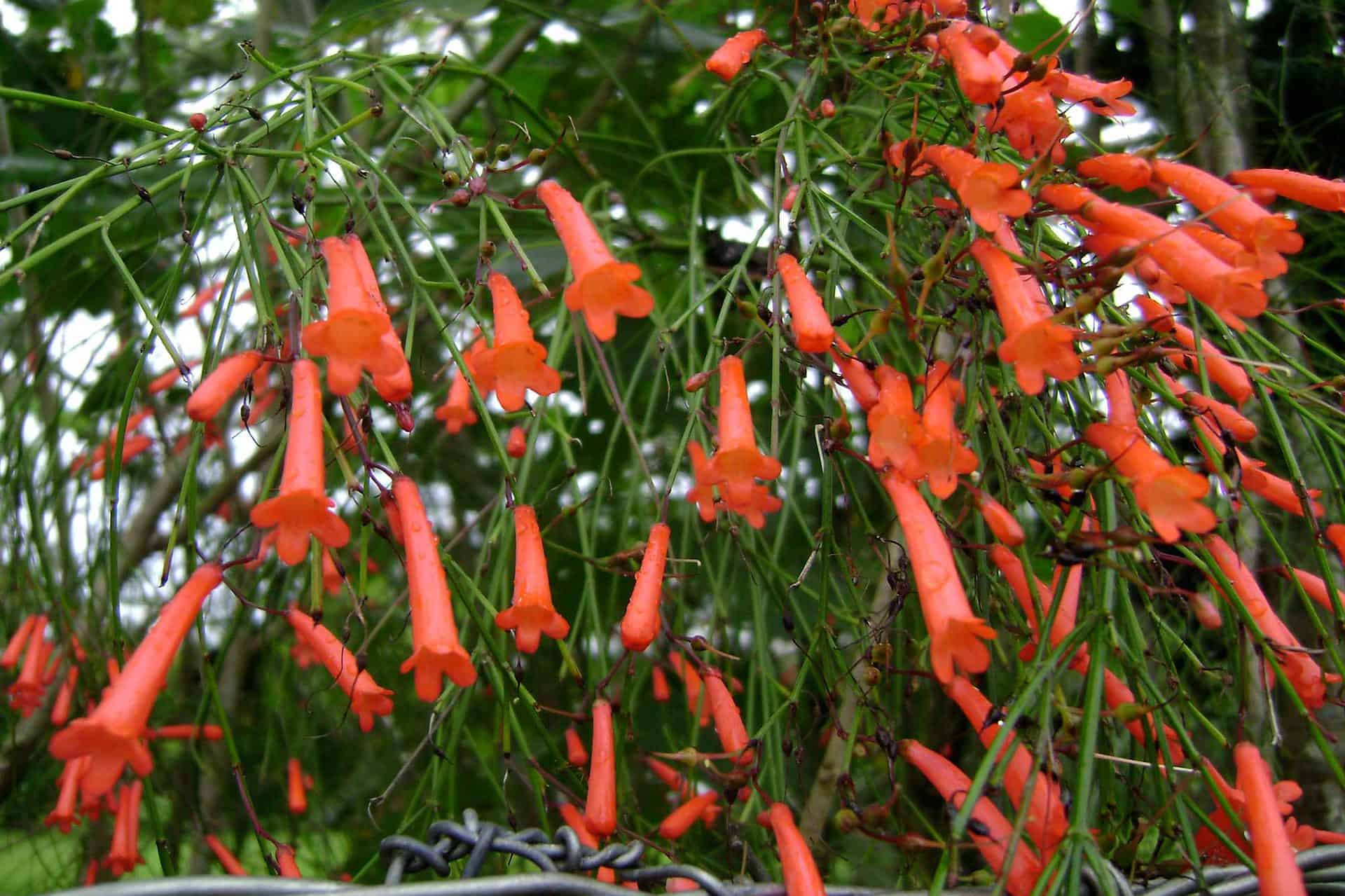
The good thing about the firecracker plant is that it’s pretty resilient to a wide range of temperatures. It’s heat-loving but would also tolerate cold temperatures, not below 41°F (5°C). Hence, you must bring your plant indoors during the winter months for it to keep producing flowers.
The best-growing locations for the fountain plant will be those under the USDA zones 9a to 11b. As a tropical species, moderate to high humidity levels are most preferred.
Fertilizer
Apply a balanced liquid fertilizer that’s diluted to half every two weeks during the growing season. This will help boost its growth. Reduce fertilization to once a month during the winter season.
Another option is to apply a slow-release fertilizer at the base of the coral plant for a more controlled and prolonged release of nutrients.

Another option is to apply a slow-release fertilizer at the base of the coral plant for a more controlled and prolonged release of nutrients.
Pruning
Medium maintenance might be needed in terms of pruning. This firecracker plant may end up quite messy because of its arching stems. It won’t be possible to train it to a certain shape because its form is irregular.
But you can always prune excess growth to keep your firecracker plant outdoors to a manageable size.
Avoid doing hard pruning because it may cause the plant to not recover and restore its beauty.
-
Free Shipping$7.99Sold By: CZ Grain
In stock
Bonsai Beauty Berry – Callicarpa Americana – 20 Seeds – Non-GMO Seeds, Shipped from Iowa. Made in USA. Fruit Bearing Bonasi
Only 900 available and it’s in 1 people’s basketRated 4.60 out of 5 based on 156 customer ratings00Sold By: CZ Grain -
$15.99Sold By: BubbleBlooms
In stock
Variegated Devil’s Backbone, Devil’s Roots, Japanese Poinsettia, Slipper Spurge, Redbird Cactus ‘Variegatus’ Pedilanthus tithymaloides
Only 996 available and it’s in 4 people’s basketRated 4.81 out of 5 based on 279 customer ratings01Sold By: BubbleBlooms -
$10.00Sold By: Cacti and Exotica
In stock
Parodia magnifica—Balloon Cactus
Rated 4.98 out of 5 based on 59 customer ratings00Sold By: Cacti and Exotica -
Free Shipping$29.99Sold By: Gar-Zen Botanical Design
Only 1 left in stock (can be backordered)
Organic Angel Wing Pink Cane Begonia Ships Free.
Only 1 available and it’s in 1 people’s basketRated 4.86 out of 5 based on 49 customer ratings00Sold By: Gar-Zen Botanical Design
Propagation
Asexual propagation using stem cuttings is the best way to multiply your firecracker plant.
Find a healthy stem from mature plants and cut it to a length of 6 inches. The tip must be healthy and must have at least two leaves.
Dip the cut portion into a rooting hormone, then plant it in moist potting soil. Water it lightly once again.
Cover the top portion of the cuttings with a plastic bag to conserve moisture and maintain a high humidity level.
Place it in an area with part shade and a temperature of 50°F (10° C).
Moisten the soil regularly until the cuttings develop their own roots.
Firecracker seeds germinate well even when directly planted on the ground. If you want to do mass planting, the use of seeds will be an appropriate approach to propagation.
Firecracker Similar Plants
Cuprea ignea

Cuprea ignea is likewise called the firecracker plant. It has the same red, tubular flowers but a different foliage shape. Despite having a close resemblance to Russelia equisetiformis, these two are completely different species.
Ipomoea quamoclit

Also known as cypress vine or cypress vine morning glory, this species is also native to Mexico and South America. It has some resemblance to the firecracker plant in a way that it has an irregular form and the flowers are also vibrant red.
The difference, though, is that the tubular flowers are star-shaped in front.
Lonicera sempervirens
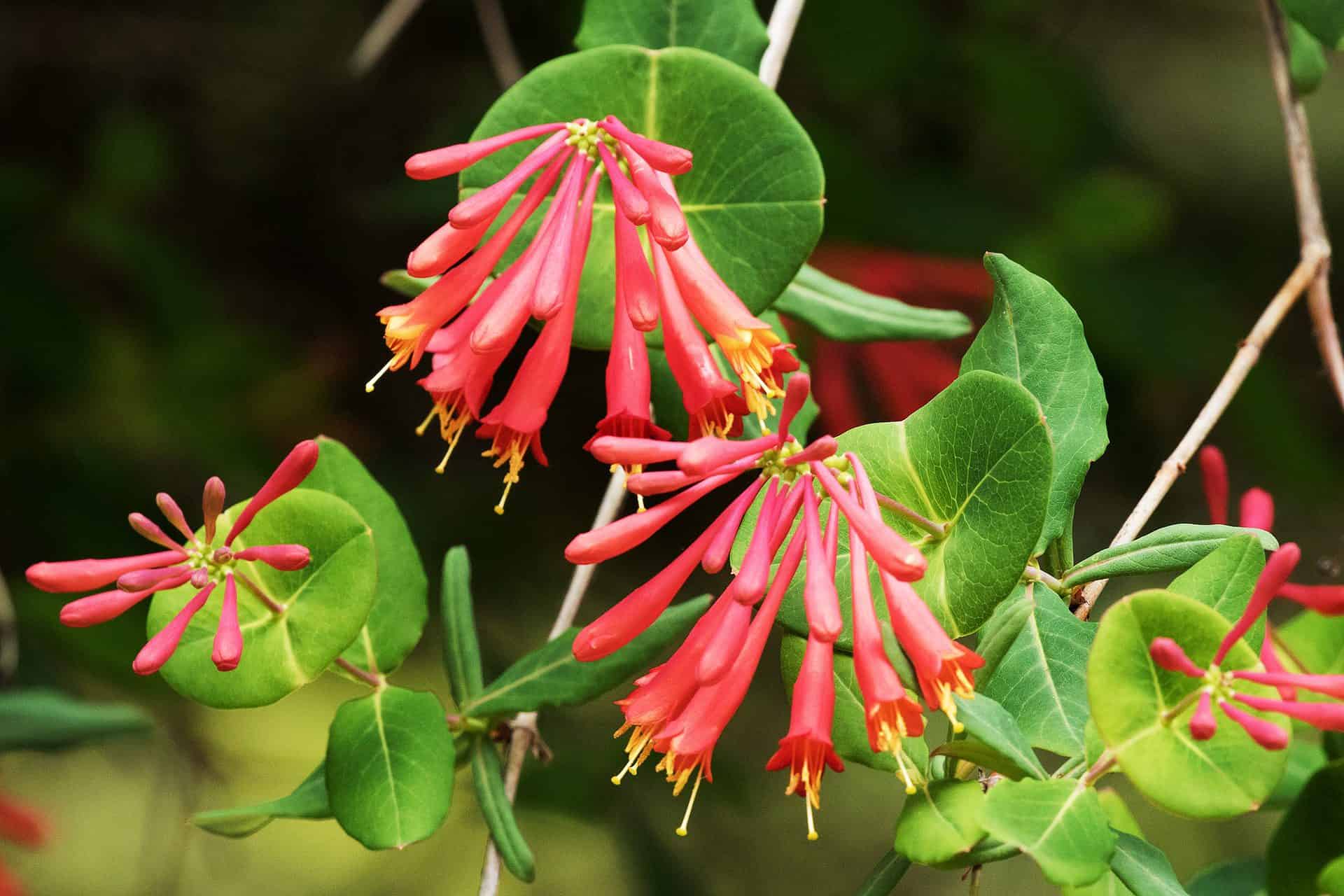
This is also called trumpet honeysuckle. It has tubular flowers that are red to orange. Like the firecracker plant, it’s also drought-tolerant. It may grow up to 7 feet tall and will need the support of a trellis because of its vining habit.
Firecracker Plant Problems
The common firecracker plant problems include infestation from spider mites and caterpillars. You can get rid of spider mites by spraying solutions containing neem oil. If there are caterpillars, you’d need to remove them manually as they could easily defoliate a firecracker plant.
Fungal infections, specifically soil-borne, can also be a problem for a firecracker plant. This usually occurs in poor-draining soils.
Frequently Asked Questions
A firecracker plant (Russelia equisetiformis) will grow fully well in a location that has access to full sun. Areas under the USDA zones 9a to 11b are perfectly suitable for this plant’s growth
As a perennial species, the coral plant or firecracker plant (Russelia equisetiformis) usually survives frost-free areas and will continue living in the season.
Yes. Firecracker plants (Russelia equisetiformis) are well-suited in containers like pots and hanging gardens.
Yes, as long as the temperature doesn’t go below 41°F (5°C), your firecracker plants will survive winter. If in case there are freezing temperatures, it’s best to keep your plant indoors. Not only will it survive but will continue to show you pretty, tubular flowers.
Whether you want to buy, sell or simply reach out to other plant enthusiasts, Plantly is the right place to be!
-
Free Shipping$560.95Sold By: BONSAI WORLD LLC
In stock
Hawaiian Umbrella Bonsai Tree Banyan Style (arboricola schfflera)
Sold By: BONSAI WORLD LLC -
$12.99Sold By: BubbleBlooms
In stock
Variegated Peperomia obtusifolia, Marble Rubber Spoonleaf Plant, magnoliifolia rubberplant, very filled in a 4 inch pot, very filled
Rated 4.81 out of 5 based on 279 customer ratings03Sold By: BubbleBlooms -
$16.95Sold By: SunSoul Plants
$39.95In stock
Philodendron Inconcinnum Live Plant in 4″ pot
Rated 4.87 out of 5 based on 98 customer ratings00Sold By: SunSoul Plants -
$760.00Sold By: The Magic Walnut Plant Shoppe
$960.00In stock
Monstera ‘White Monster’ large form
Only 1 available and it’s in 1 people’s basketRated 4.17 out of 5 based on 294 customer ratings06Sold By: The Magic Walnut Plant Shoppe
